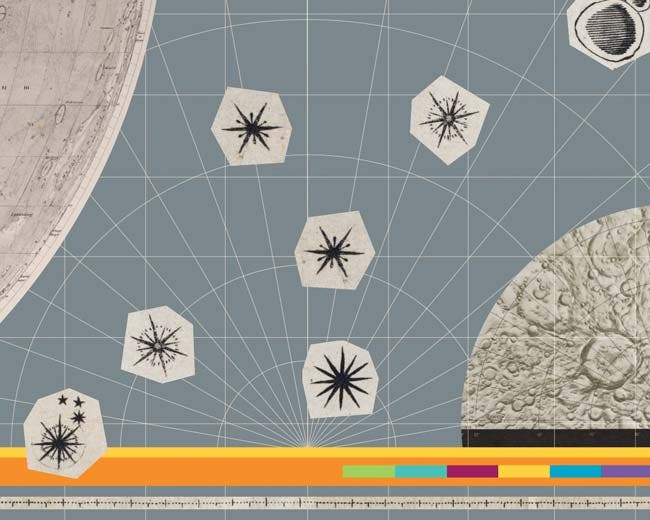Earth-based Lunar Photography
A new era of lunar cartography began in the late 19th century when large Earth-based telescopes began photographic surveys of the Moon.
Paris Observatory
In the early 1890s, astronomer Maurice Loewy conducted the first major photographic survey of the Moon from the Paris Observatory. Loewy’s atlas, published between 1896 and 1904, featured 80 plates of the Moon which he had selected from 6,000 photographs that were taken by the observatory’s 23.6-inch equatorial coudé refractor telescope. The publication became the standard lunar atlas well into the 20th century.

